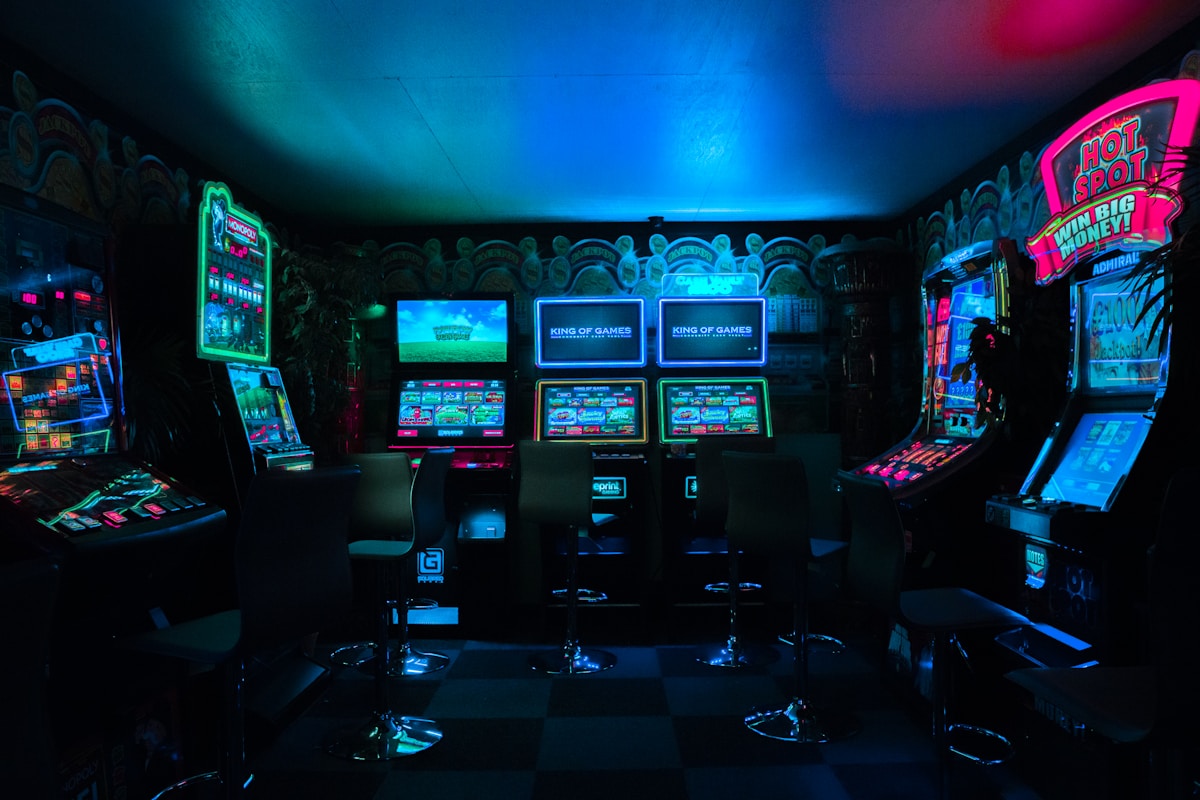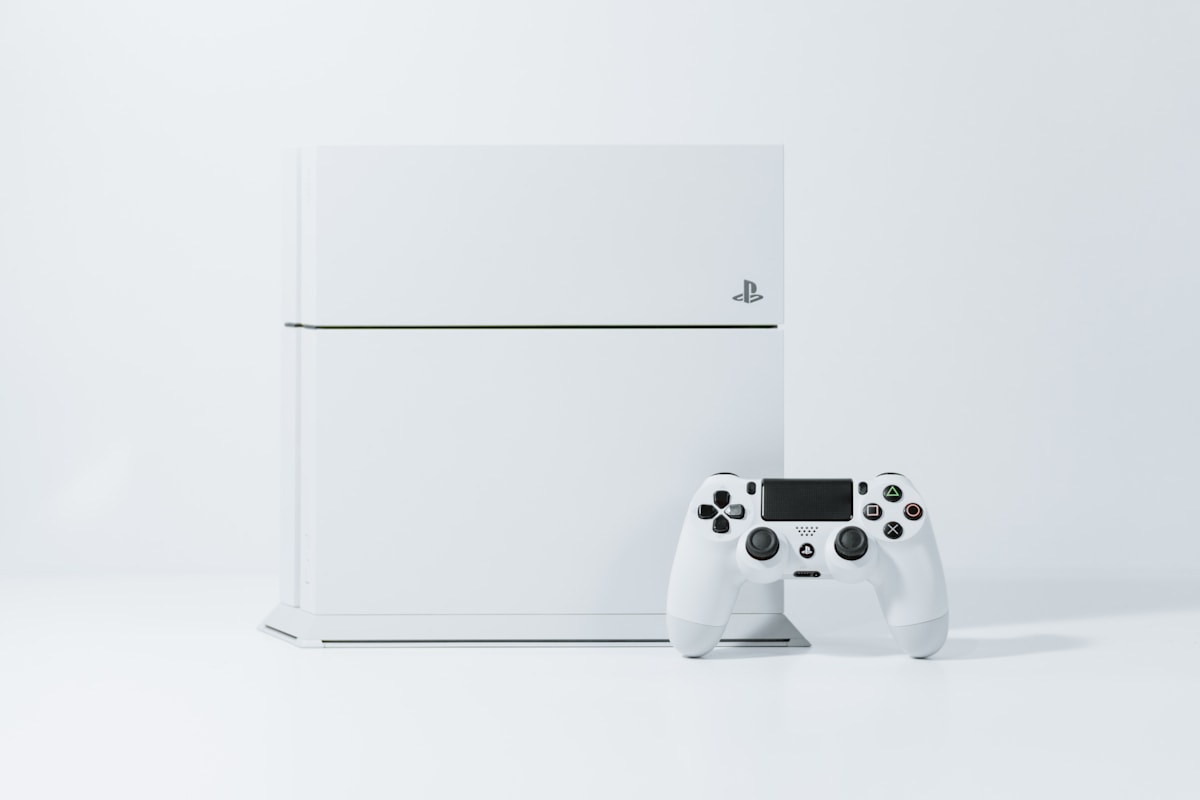A retrospective covering Spy Hunter’s 2001 reboot, 2003 sequel, 2006’s Nowhere to Run tie-in to a movie that never happened, and the forgotten 2012 handheld revival shows how Midway kept trying to recapture 1983 arcade magic through multiple console generations before bankruptcy killed the franchise. The original Spy Hunter from 1983 was a respectable arcade hit featuring a weaponized spy car, top-down racing action, and that iconic Peter Gunn theme song. What followed across the 2000s was a series of increasingly desperate attempts to modernize the formula as Midway struggled financially before Warner Bros picked up the pieces and tried one last time in 2012.
The 2001 Reboot That Actually Worked
The PlayStation 2 launch era saw many classic arcade properties getting modern reboots. Spy Hunter arrived in 2001 with the transition from top-down arcade action to behind-the-car chase camera perspective similar to racing games. You still drove the G-6155 Interceptor, an advanced weaponized spy vehicle, but now in full 3D with contemporary graphics and expanded gameplay mechanics.
The reception was surprisingly positive for the PS2 version. Reviews praised how the reboot captured the spirit of the original while updating mechanics for modern audiences. The game sold a million copies by August 2003, and the PS2 version alone moved 900,000 units earning 29 million dollars in the United States by July 2006. These are solid numbers that justified Midway’s investment in reviving the franchise.
Ports followed to GameCube, Xbox, Game Boy Advance, Windows, Mac OS X, and Tapwave Zodiac. However, these versions received mixed reception compared to the well-regarded PS2 original. PC Gamer gave the Windows version just 51 percent, suggesting the game did not translate well beyond its initial platform. Still, combined console sales of Spy Hunter games released in the 2000s reached 1.6 million units in the United States by November 2003, proving commercial viability.
Spy Hunter 2 Tried to Build Momentum
Encouraged by the 2001 reboot’s success, Midway released Spy Hunter 2 in 2003. This sequel attempted to expand on the formula with new weapons, vehicles, and missions. However, the sophomore effort failed to capture the magic that made the first reboot compelling. Reviews were less enthusiastic, and sales did not match the original’s performance.
The problem with Spy Hunter 2 reflects a common sequel trap where developers add more features without understanding what made the original work. More does not always equal better, especially when the core concept already exists in a sweet spot of simplicity and excitement. The vehicular combat genre also faced increasing competition from other franchises doing similar things with bigger budgets and more marketing.
Despite the lukewarm reception, Midway remained committed to the Spy Hunter franchise. They saw potential in the IP beyond just video games. A Spy Hunter movie started development around this time, with Dwayne The Rock Johnson attached to star as secret agent Alex Decker. This Hollywood connection would directly influence the next game in ways that proved disastrous.
Nowhere to Run Was a Movie Tie-In Without a Movie
Spy Hunter: Nowhere to Run launched in 2006 as a movie tie-in game. The catch is that the movie never released. After nearly 15 years of development hell involving multiple directors including Paul W.S. Anderson and Ruben Fleischer, the film was eventually cancelled. But Midway had already committed resources to developing the game around the movie’s premise, so they released it anyway.
The Rock voiced and did motion capture for his character in the game despite the movie collapsing. Nowhere to Run represented Midway’s attempt to transform Spy Hunter into a multimedia franchise spanning games and film. When the film side imploded, the game became an awkward artifact tied to a movie audiences would never see. Reviews were predictably harsh, with IGN noting good ideas plus mediocre implementation equals another average Midway remake.
This failure occurred as Midway faced increasing financial difficulties. The company was bleeding money, struggling to compete with larger publishers, and making increasingly desperate bets on revivals of classic IPs. Spy Hunter was just one of many franchises Midway tried to leverage for salvation as bankruptcy loomed on the horizon. The strategy failed, and Midway filed for bankruptcy in 2009.
Warner Bros Tried One More Time
Warner Bros purchased most of Midway’s assets during the bankruptcy proceedings, including the Spy Hunter IP. In 2012, on the eve of the franchise’s 30th anniversary, Warner Bros published a handheld reboot for PlayStation Vita and Nintendo 3DS. This represented yet another attempt to revive the property for a new generation of players on new platforms.
The 2012 reboot received middling reviews and failed to generate significant interest. Handheld gaming was already declining as smartphones dominated portable entertainment. The Vita struggled commercially from launch, and the 3DS was still finding its footing. Releasing a Spy Hunter revival exclusively on struggling portable platforms without console versions doomed the project before it began.
Since 2012, Spy Hunter has been silent. The franchise that Midway desperately tried to revive across three console generations ultimately could not justify continued investment. Warner Bros apparently decided the IP held insufficient value to warrant further attempts. The 1983 arcade original remains the franchise’s legacy, with every subsequent reboot serving as footnotes rather than worthy successors.
Why None of Them Really Worked
The fundamental problem with rebooting Spy Hunter is that the original arcade game’s appeal was simple and specific to its era. Drive a weaponized car, avoid enemies, use gadgets, all set to an iconic theme song. That concept worked brilliantly in 1983 arcades designed for quick quarter-munching sessions. Translating it to longer console experiences with story campaigns, multiple vehicles, and complex mechanics diluted what made the original special.
Modern vehicular combat also became crowded genre. Twisted Metal, Burnout, Need for Speed, and other franchises delivered similar thrills with bigger budgets and established fan bases. Spy Hunter’s brand recognition meant nothing to younger gamers who never dropped quarters in the original arcade cabinet. The attempts to modernize inevitably disappointed older fans who wanted arcade purity while failing to attract new audiences seeking contemporary experiences.
The movie tie-in disaster exemplified how desperation drove decision-making at late-stage Midway. Banking on a Hollywood film to revitalize a gaming franchise works only when the film actually releases and succeeds. Proceeding with the game after the movie collapsed showed poor judgment. Warner Bros’ handheld-only revival suggested even they recognized limited commercial potential but wanted to extract some value from the acquired IP.
The Broader Pattern of Failed Arcade Reboots
Spy Hunter’s struggles reflect a broader pattern where classic arcade IPs rarely translate successfully to modern gaming. Publishers see recognizable brand names and assume easy nostalgia sales. However, most arcade games were designed around coin-operated business models prioritizing immediate gratification over sustained engagement. Home console experiences require different design philosophies that conflict with arcade DNA.
Some arcade revivals succeed by embracing their heritage rather than fighting it. Pac-Man Championship Edition modernized the formula while respecting what made the original work. Street Fighter and Mortal Kombat maintained fighting game mechanics while evolving presentation and depth. However, vehicular combat arcades like Spy Hunter lack similar creative paths forward because their core loop is too simple for 40-dollar retail games and too specific for freemium mobile models.
The retrospective documenting Spy Hunter’s failed reboots serves as cautionary tale about chasing nostalgia without understanding why properties resonated originally. Midway spent millions across multiple attempts to recapture lightning in a bottle. Warner Bros tried once more before apparently giving up. The result is a franchise remembered more for its 1983 original than anything that came after, with the reboots serving as curiosities rather than legitimate entries in gaming history.
What Spy Hunter Teaches About IP Management
Companies acquiring classic gaming IPs face difficult decisions about whether to exploit them through reboots or let them remain retired. Spy Hunter demonstrates the risks of the former approach. Each failed reboot slightly tarnishes the brand, creating negative associations that make future attempts harder. At some point, the franchise becomes defined by failure rather than its arcade legacy.
Smarter IP management involves selective exploitation. Not every franchise deserves or needs a modern reboot. Some properties work best as cultural artifacts referenced in documentaries and retrospectives rather than active franchises releasing new games. Spy Hunter probably belonged in that category, but corporate pressure to monetize owned assets drove decision-making over creative wisdom.
The video essay format covering this history allows gaming enthusiasts to understand and appreciate the various attempts without needing to play mediocre games themselves. These retrospectives serve valuable archival purposes, documenting industry history that might otherwise fade into obscurity. Spy Hunter’s reboots nobody asked for become teachable examples about franchise management, arcade game design challenges, and the dangers of movie tie-in games when movies collapse.
FAQs About Spy Hunter Reboots
How many Spy Hunter reboots were there?
There were four major Spy Hunter reboots: the 2001 PlayStation 2 reboot, 2003’s Spy Hunter 2 sequel, 2006’s Spy Hunter: Nowhere to Run, and the 2012 Nintendo 3DS and PlayStation Vita reboot. The original arcade game launched in 1983.
Did any Spy Hunter reboot succeed commercially?
The 2001 PS2 reboot was the most successful, selling a million copies by August 2003. The PS2 version alone sold 900,000 units and earned 29 million dollars. Combined console sales across 2000s Spy Hunter games reached 1.6 million units, though later reboots performed progressively worse.
Was there really a Spy Hunter movie?
A Spy Hunter movie was in development for nearly 15 years with Dwayne The Rock Johnson attached to star. Multiple directors were involved including Paul W.S. Anderson and Ruben Fleischer, but the film was eventually cancelled and never released.
Why did Spy Hunter: Nowhere to Run release without a movie?
Midway developed Nowhere to Run as a movie tie-in game, but the film collapsed during production. Rather than cancel the game, Midway released it anyway in 2006. The Rock still voiced his character despite no movie to promote.
Who owns Spy Hunter now?
Warner Bros acquired the Spy Hunter IP when they purchased Midway’s assets during bankruptcy proceedings in 2009. Warner Bros published the 2012 handheld reboot but has not released any Spy Hunter games since.
Will there be another Spy Hunter game?
There are no announced plans for future Spy Hunter games. The franchise has been dormant since the 2012 handheld reboot, and Warner Bros has not indicated interest in reviving the IP again after multiple failed attempts.
What happened to Midway Games?
Midway filed for bankruptcy in 2009 after years of financial struggles. Warner Bros purchased most of their assets including franchises like Spy Hunter and Mortal Kombat. The company that created the original Spy Hunter arcade game no longer exists.
Why do arcade game reboots usually fail?
Arcade games were designed for coin-operated business models emphasizing immediate gratification over sustained engagement. Home console experiences require different design philosophies that often conflict with arcade DNA. Additionally, nostalgia alone rarely justifies modern game purchases without compelling contemporary gameplay.
Conclusion
The retrospective documenting Spy Hunter’s failed reboots across 2001, 2003, 2006, and 2012 serves as gaming history lesson about the challenges of reviving classic arcade properties. Midway’s increasingly desperate attempts to recapture 1983 arcade magic across multiple console generations reflected broader financial struggles that ended in bankruptcy. Warner Bros’ single handheld attempt suggested even they recognized limited potential in the franchise. The 2001 PS2 reboot showed momentary promise with solid sales and positive reception, but each subsequent attempt performed worse until the IP returned to dormancy where it probably belonged all along. The video essay format allows gaming enthusiasts to appreciate this history without suffering through mediocre games themselves, documenting an era when publishers believed brand recognition alone justified reboots regardless of creative vision or market demand. For younger gamers wondering why a weaponized spy car franchise received so many chances despite consistent mediocrity, the answer lies in corporate desperation to monetize any recognizable IP during the turbulent 2000s when established publishers struggled against rising development costs and changing consumer expectations. Spy Hunter’s legacy remains the 1983 arcade original and that unforgettable Peter Gunn theme song, with the reboots serving as cautionary footnotes about chasing nostalgia without understanding what made properties special in their original contexts.



